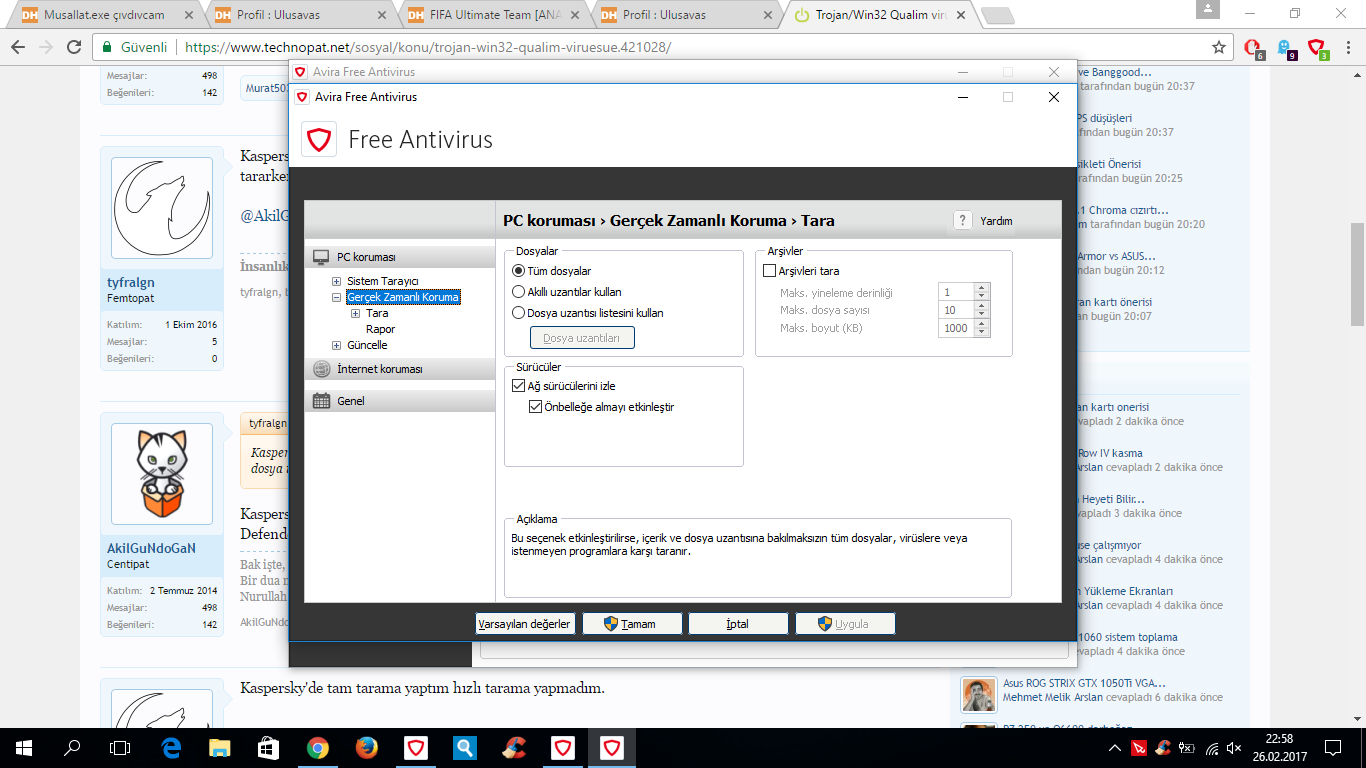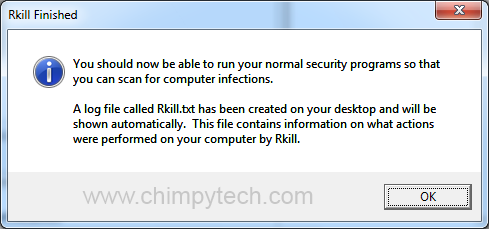

One of the most popular combinations by far was Microsoft Security Essentials running every day + frequent scans with CCleaner (to clean out the non-malware crap you don’t want to waste your time scanning and dealing with) as well as scans with Malwarebyte’s Anti-Malware. Very few readers suggested anything short of a multi-prong defense against malware. Good Malware Defense is a Multi-Prong Strategy Using safe mode is definitely a good tip whenever possible, as a lot of spyware doesn’t load in safe mode.

Always good to do this in safe mode too to get a thorough search completed. Start with a combination of (the exe) to kill any running malicious processes, then up to date full scan with Malwarebytes Anti-Malware, followed by a full scan with Spybot S&D. The most popular applications among HTG readers for slaying malware processes so that other applications could eradicate them were Rkill and TDSSKiller. Malware infestations can be particularly pesky and their processes are tenacious.

Killing Processes to Enable Scanners to Remove Them

Second only to sandboxing your applications in popularity was restricting the user account and browsing only on limited access accounts instead of as an administrator. If malware finds its way onto the machine it’s simple for it to take over since the account it’s active on has full access to the machine. Most people (if not 99% of them) use Windows every day as an Administrator/root user. While this tip applies across operating systems it’s most critical for Windows users. Sandboxing your internet connected applications, especially web browsers and file sharing applications, create an extra layer between your operating system and malicious code. Most used free Windows application Sandboxie and some used virtual machine applications like VMware and VirtualBox. Multiple readers used software sandboxing as a tool for isolating harmful malware. Sandbox Your Browsing and File Sharing Activity


 0 kommentar(er)
0 kommentar(er)
